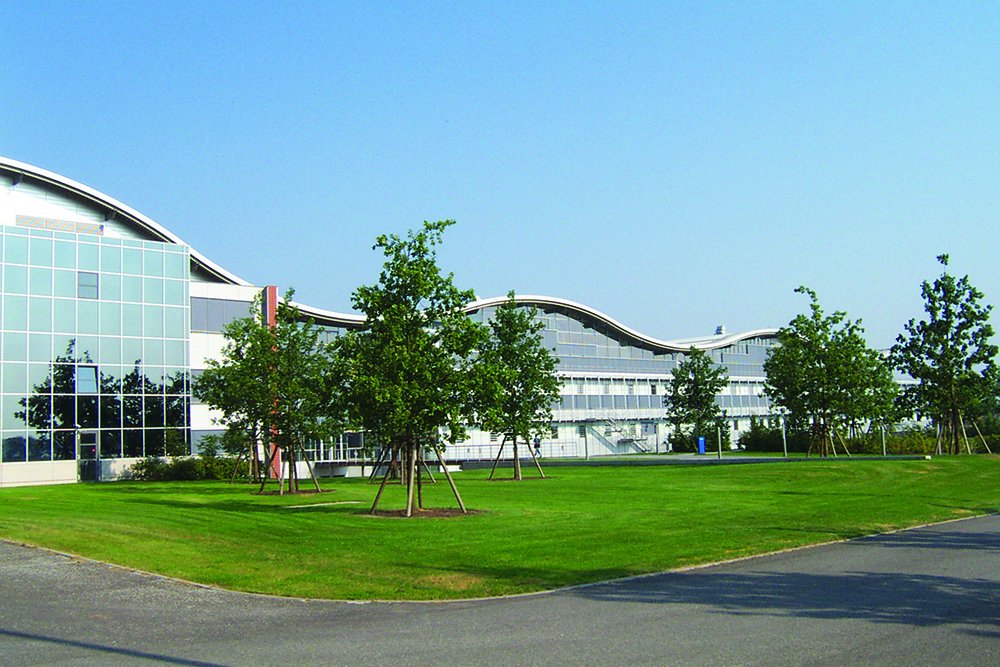Case Study
Wendelstein W7-X
Inside the Wendelstein W7-X nuclear fusion research centre in Greifswald, Germany, high voltage power sources from Ampegon are helping pave the way for a brighter, cleaner future.
Since 1983, Ampegon has actively been participating in the quest for clean energy, designing and delivering flexible, reliable and scalable HVPS and RF amplifier systems to fusion research facilities around the world. These systems provide the power for plasma heating systems, such as electron cyclotron resonance heating (ECRH), ion cyclotron resonance heating (ICRH) and neutral beam injection (NBI).
One of the main goals of plasma and fusion research is to demonstrate the viability of long-term, safe, and environmentally benign generation of energy. Nuclear fusion is a particularly attractive solution as it uses fuels that can be found in abundance on earth: deuterium, which is found naturally in seawater, and tritium, which can be synthesized from deuterium. To create fusion energy, an ionized plasma of deuterium and tritium must be heated to a temperature between 60 million and 130 million degrees Kelvin. Since any plasma contact with the walls of the reactor would cool the plasma and damage the walls, magnetic fields are used to confine and insulate the plasma away from the vessel walls.
The Max Planck Institute of Plasma Physics (IPP) is concerned with investigating the physical principles which must be understood in order to create a nuclear fusion power plant which functions using the same fusion processes as occur in the sun and all the stars in the universe. The Wendelstein W7-X project hopes to achieve this inside a complex helical reactor known as a “stellerator”.
With a workforce of approximately 1,100 people, IPP is one of the largest fusion research centres in Europe. IPP is associated with the European Fusion Programme and the Helmholtz Association of German Research Centres. The IPP currently has two locations: Garching (founded in 1960) and Greifswald (founded in 1994).
The W7-X stellerator is estimated to cost €1bn, and following its completion is expected to demonstrate continuous operation under controllable plasma conditions, paving the way for future power plants. The project successfully produced a hydrogen plasma for the first time on 3rd February 2016, after being switched on by German Chancellor Angela Merkel at a special ceremony.
Downloads

IPP Greifswald Institute founded in 1994